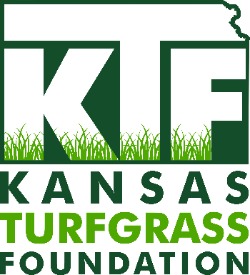Knotweed (Polygonum aviculare)

Knotweed, also known as knotgrass, is an aggressive warm season annual that reproduces by seeds that can germinate in early spring. During early spring, knotweed resembles a grass with long, dark green leaves when germinating. Later, it forms a flat mat up to 2 feet in diameter on slender, has wiry stems; and emerges from a taproot. There are papery sheath at each node that give stems a knotted or swollen appearance. The leaves are alternate; small, narrowly oval; dull, bluish green; and up to 1 1/4 inches long and 1/3 inch wide. Its flowers are small, borne in clusters in leaf axils. The buds are purplish opening to white to yellow flowers during June through October.
Occurrence
Knotweed is found in compacted, infertile soils or thin turf in sun, often next to heavily trafficked walks or drives or over-used play or athletic sites. It germinates in early spring and continues growth through autumn.
Non-Chemical Control
Control knotweed by reducing soil compaction; by maintaining turf density and health through proper culture; and by mechanically pulling it.
Chemical Control
Apply preemergence herbicides before germination in very early spring; apply post emergence in mid spring through late summer when plants are young and actively growing.



